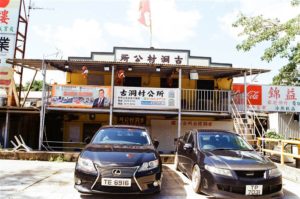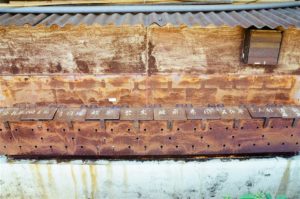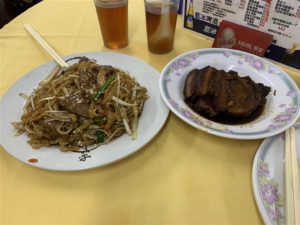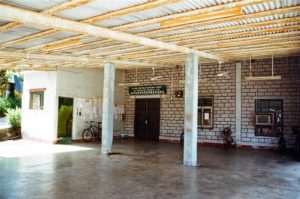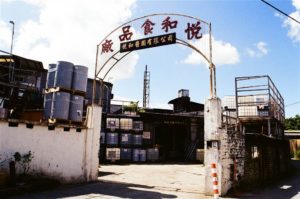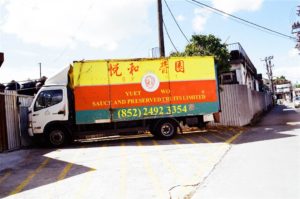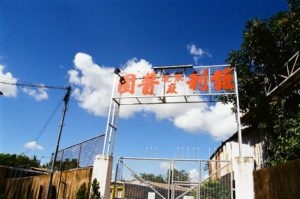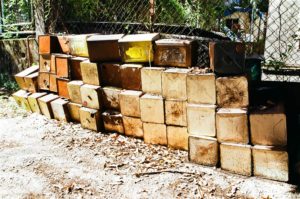Farewell, Kwu Tung Village
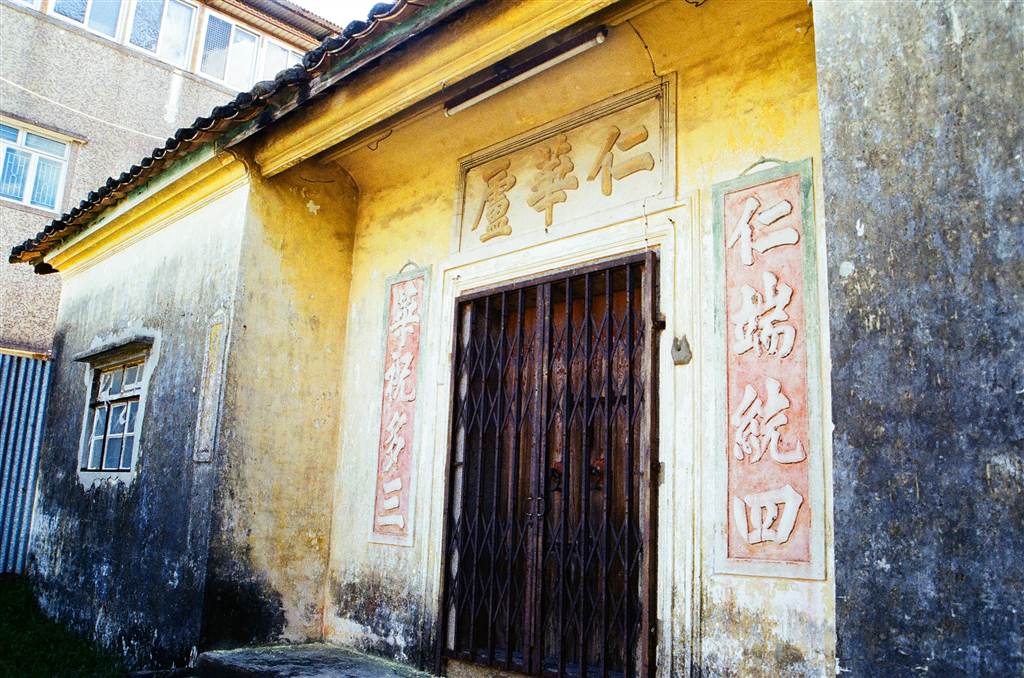
The time has come and Kwu Tung Village is scheduled to be demolished in 2023 to make way for the Kwu Tung North New Development Area.
Kwu Tung—A New Development Area
As part of the Hong Kong Government’s initiative to provide housing for an expected population growth of 1.4 million in the next thirty years, the North East New Territories New Development Areas Plan proceeded in 2013 after a few rounds of public engagements.
The protests against this plan turned violent, especially with the clash at the Legislative Council building in 2014. Members of the Save Kwu Tung Group and other activist organizations took radical actions. Eventually, they received jail time for the clash at the Legislative Council. As such, the North East New Territories New Development Areas Plan could be considered one of the many early signs of serious discontent against the Hong Kong Government that eventually led to the mass protests of 2019.
Kwu Tung’s Past
My maternal grandparents settled down in Kwu Tung during the 1950s. When I was young, my mother would take me to stay at their village house in Kwu Tung South during the summer holidays.
Kwu Tung was once one village, and for a long time there was no such division between Kwu Tung North and Kwu Tung South. Over its history, the village has experienced a few times of land resumption and redevelopment. The construction of Route 9 has caused many villagers to move to Choi Yuen Estate in Sheung Shui. A major private land development resumed Kwu Tung South during the 1990s. What used to be my family’s village home has since become luxurious housing. Finally, in the early 2000s, the MTR’s plan to build the Lok Ma Chau line ended up with more of Kwu Tung village being demolished. By now, what is left of Kwu Tung is near to nothing.
As compared to Kwu Tung South, this Kwu Tung North New Development Area Plan has, ostensibly, a much more “modern” vision of what Kwu Tung North might become. The Hong Kong Government aims to remake the whole rustic area of Kwu Tung North into a community and transportation hub. There are grand plans to link the location with an MTR stop and a motor link to alleviate the traffic of the North District. Equally grand, though perhaps rather incredulously, the famous farmlands, wetlands and the ecosystems in this part of Hong Kong would be conserved, and turned into some sort of an eco-park.
All good and well, except that the existing Kwu Tung Village will be demolished, and gone forever. Due to the auction of farmland for development, many residents have moved out of the village by now. What remains are some of the old businesses that have operated in this part of the New Territories for decades. And they shall close as well. In the interest of preserving this memory of old Kwu Tung, I went for a walk in the village on a bright and sunny day.
The Tour
We parked at the Kwu Tung Village Committee, where Kam Yick Restaurant is. The Kwu Tung Village Committee is comprised of members from ten small areas within Kwu Tung, as you can see from the respective mailboxes that are no longer in use now. The Kwu Tung Village Committee remains active today. It still plays a critical role in fighting for the rights of the villagers of Kwu Tung, including the coordination of legal action in the process of land resumption by the Hong Kong Government.
The Kam Yick Restaurant, since 1961, remains in good business today, serving chiefly the Kwu Tung community, and the local communities of Sheung Shui with Hakka and Shunde cuisines. Because the villagers of Kwu Tung have mostly left the village, the restaurant now serve mostly the construction workers who are working in the preliminary phase of re-development in this area. Since Ben Sir introduced Kwu Tung on a television segment, there have also been some tourist interests recently.
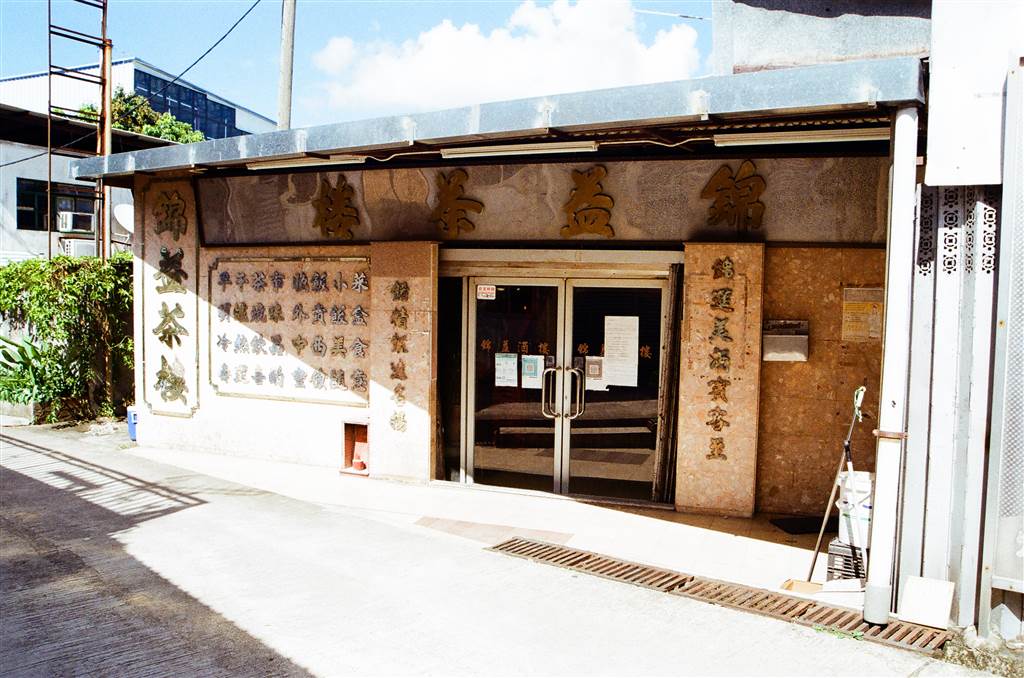
Besides common items like braised pork in preserved vegetables in soy sauce, there are some rarer dishes here. The “look goose” and the fried boneless stuffed fish are the signature dishes of this restaurant.
Kam Yick Restaurant lies at the center of community life in Kwu Tung. Besides the fact that the current owner was once the village head of Kwu Tung, the villagers of Kwu Tung also congregated here daily. Friends met here, and even foes attempted to resolve their disputes here too.
Established in 1949, the Kwu Tung Vegetable Cooperative was once the largest produce exchange station in the New Territories. The Vegetable Cooperative stands testament to the once-rural, agriculture-based lifestyle of Kwu Tung.
Those villagers who settled down in Kwu Tung lived in the squatter houses of the 1950s and 1960s. They have been generations in Kwu Tung. According to New Territories historian Patrick Hase, the triads of those times built these houses for many of the immigrants from China. Quite a few of the immigrants were members of the Kuomintang fleeing Communist China. Once they settled down in the village, many earned a living by farming. In fact, Kwu Tung was known to be a non-indigenous village in Sheung Shui.
The Yan Wah Lo Private Study was once the village school. It provided free education for the village children. There is a short couplet on the two sides of its gate. On the right, the motif refers to the four virtues of Chinese culture. On the left, the motif wishes the Emperor of Qing Dynasty the three blessings of life. It has acquired the status of an antique monument, therefore it should stand as such even as the area undergoes massive demolition for redevelopment.
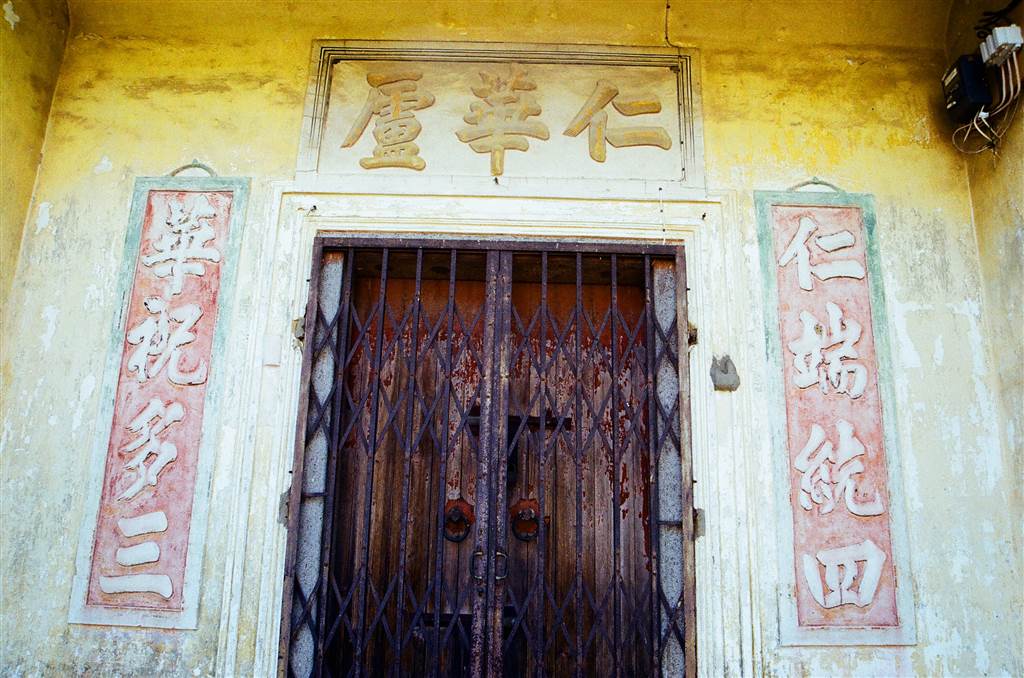
There are two businesses still operating that make sauces. The Yuet Wo and Kui Lee Sauce Companies are very much in production today. The Yuet Wo Sauce Company has been producing its sauces in Kwu Tung since the 1970s. It has its own wine distillation facility on site.
The Kui Lee Sauce and Preserved Fruit Company has been producing its sauces in Kwu Tung since the 1960s. The raw materials, such as soy beans, are sun-dried on-site in Kwu Tung.
Having passed the two sauce companies, we came upon the Living Water Lutheran Church of Kwu Tung. A villager donated this site to the church in 1955. It is a living testament to the work of Lutheran missionaries in the Sheung Shui area during the last century. They came from the Lutheran seminary in Hubei to Sheung Shui in Hong Kong on Christian mission. The Lutherans have also built the squatter village of Shun Yee San Tsuen in Ma Tso Lung around the 1960s.
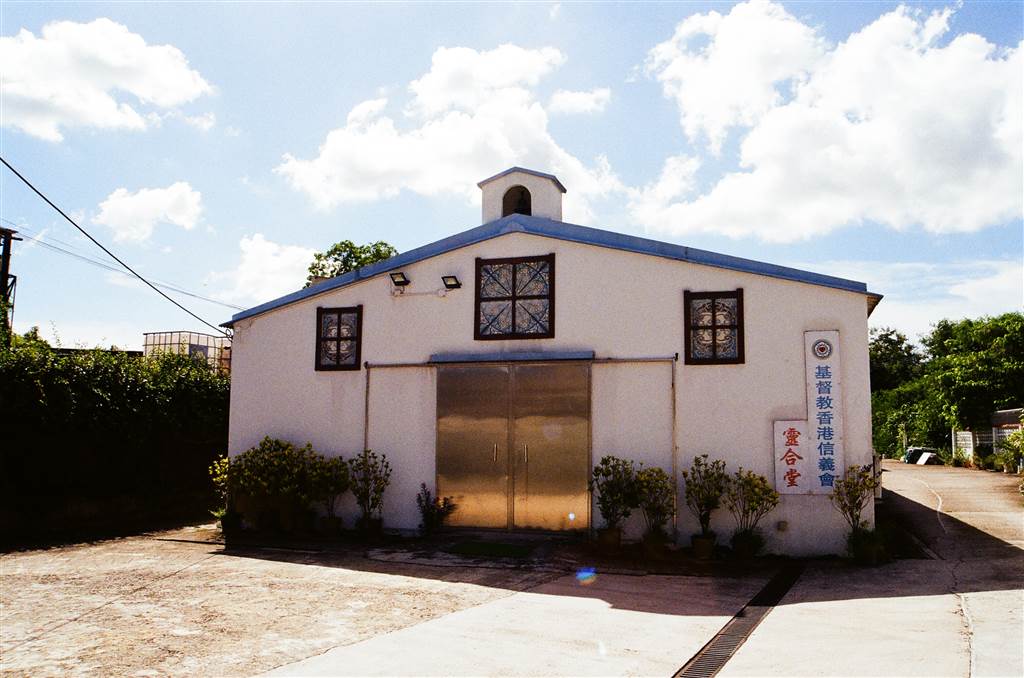
The church now has a ministry for the elderly who struggle to live a lonely life in poverty. It no longer congregates in the Kwu Tung location, however, as the church has established its presence in Choi Yuen Estate instead. The site in Kwu Tung now serves this elderly ministry. It hosts community gathering for the elderly still.
Finally, the Chee Kee Sawmill and Timber Company will also have to close the family business, and it has been in Kwu Tung since 1983. Of all the remaining businesses in Kwu Tung, this sawmill company prides the largest square footage in its operation (10,000 Sq. Ft). The owner has a true passion for hand-crafted timber products. They work with raw timber, and they also recycle timber that has been cast out from other redevelopment projects in the city. Finally, they are passionate in their crafts and care about the community. They organize workshops for wood crafting. It is a sunset industry, but it will be remembered and sorely missed.
May the Story Live On
The villagers of Ping Yeung and Kwu Tung have put up a good fight in order to defend their homeland. In the days to come, the memories of a once-vibrant community will only remain in their hearts. The pictures here are but a snapshot of Kwu Tung before it will be demolished and dressed in new clothes. May the story live on.
Sources
Kwu Tung North / Fanling North New Development Area, Government of the Hong Kong Special Administrative Region.
It would be Difficult to Clear Out Hundreds of Squatter Huts in Kwu Tung North, February 6 2020, Topick, HKET.
Kwu Tung Village Committee’s Facebook Page.
Ben Sir on Local Hong Kong Tour: Kwu Tung and Ma Tso Lung.
Kwu Tung Stories, kwutung.wordpress.com.
Yuet Wo Sauce Company website.
Kui Lee Sauce and Preserved Fruit Company website.
Tour Kwu Tung for a Taste of the Northeast.
Evangelical Lutheran Church Social Service – Hong Kong.
Chee Kee Sawmill and Timber’s Facebook Page.
The Redevelopment and Resumption of Land in Northeast Costs the Last Sawmill in Hong Kong, Ming Pao Weekly.

